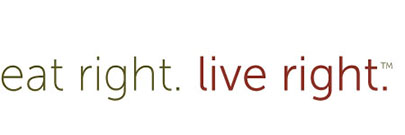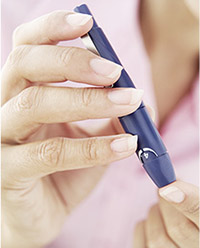September is National Cholesterol Awareness Month, so it’s a great time to take the Cholesterol Quiz and make sure you are doing everything you can to keep your cholesterol in check.
1. T or F: My body needs cholesterol.
Answer: TRUE
Cholesterol is a waxy, fat-like material that is a natural part of the body. It is found in cell membranes and is also used to make certain hormones, vitamins, and bile to help in fat digestion.
2. T or F: My body gets rid of excess cholesterol so I don’t have to worry about having too much.
Answer: FALSE
High blood cholesterol can put you at risk for heart disease and stroke. Your arteries are the pipes that carry oxygen-rich blood to your heart and brain. If the pipe narrows due to cholesterol buildup, sticky plaque deposits, or breaking off of the plaque to form a blood clot, it can choke off the blood supply.
3. T or F: I don’t need to worry about my cholesterol… I feel fine!
Answer: FALSE
High blood cholesterol does not cause symptoms on its own. Your first symptom may be chest pain, or angina due to a blockage… or worse, an actual heart attack or stroke. High cholesterol can only be detected by a blood test, so ask your healthcare provider about testing and your other risk factors.
4. T or F: A low fat diet, keeping my weight down, and exercising regularly will help to keep my cholesterol “optimal.”
Answer: TRUE
There are some cholesterol risk factors we cannot control such as heredity, our age, and gender. However, “Therapeutic Lifestyle Changes” (TLC), including a heart-healthy diet, achieving ideal body weight, and regular exercise can make a difference.
Diet – Limit saturated fats, trans fats and cholesterol from animal sources (i.e., egg yolks, meat, and cheese). Read package labels carefully. Select fruits, vegetables, whole grains, low fat or nonfat dairy products, fish, skinless poultry, and, in moderate amounts, lean meats. Steam, broil, bake, or boil rather than fry foods. Only use liquid vegetable oils and soft margarine’s instead of hard margarine or shortening. Limit baked goods and French fries made with partially hydrogenated or saturated fats. Skim fat off gravy. Make “sauce on the side please” a regular request at home and in restaurants. Increase soluble fiber in your diet, such as oatmeal, kidney beans, and apples
Body Weight – Keep your weight within the normal range with a heart-healthy diet and regular exercise.
Exercise – Regular exercise helps to keep LDL (bad cholesterol) in check and raise protective HDL (good cholesterol). Consult your healthcare provider before starting an exercise program.
Medicine – If the above TLC are not enough, medicine may be needed to further lower your cholesterol.




 And Other Power Foods >
And Other Power Foods >